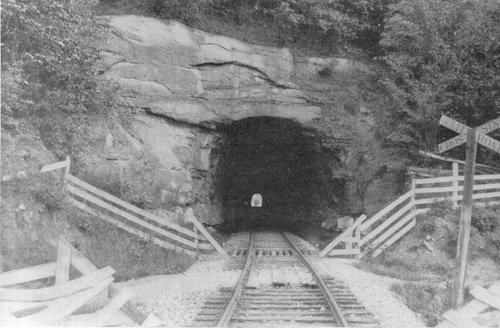Columbus And The Coal Country Railroads
by James M. Cavanaugh, 2021
The post-Civil War industrial boom that made the United States a global power was led by availability of highly productive labor and low-cost energy sources, principally coal. While Columbus was not a mining center, coal transport and distribution and the rise of mining equipment and technology enterprises drove its emergence as a major city during this period.
Columbus railroads played a key role in this activity. Some of the 15 Central Ohio rail lines saw coal haulage rise to more than 50 percent of their traffic and revenue bases at times from the late 1800s through the Great Depression, followed by a second surge of coal business during World War II and into the early 1950s. Many of these railroads were born on the prospects for coal transport. Not unexpectedly, some died a slow death once the coal they hauled was physically exhausted or no longer in demand.
This five-part article examines the connection between Columbus railroads and the coal industry, including coal traffic flowing through the Columbus rail network during this dynamic era.
Introduction - Continued - Setting the Stage - Revised Oct. 2024
Part I - The Pennsylvania Railroad
Part II - The New York Central Railroad
Part III - The Baltimore & Ohio Railroad
Part IV - The Chesapeake & Ohio Railroad
Part V - The Norfolk & Western Railway
